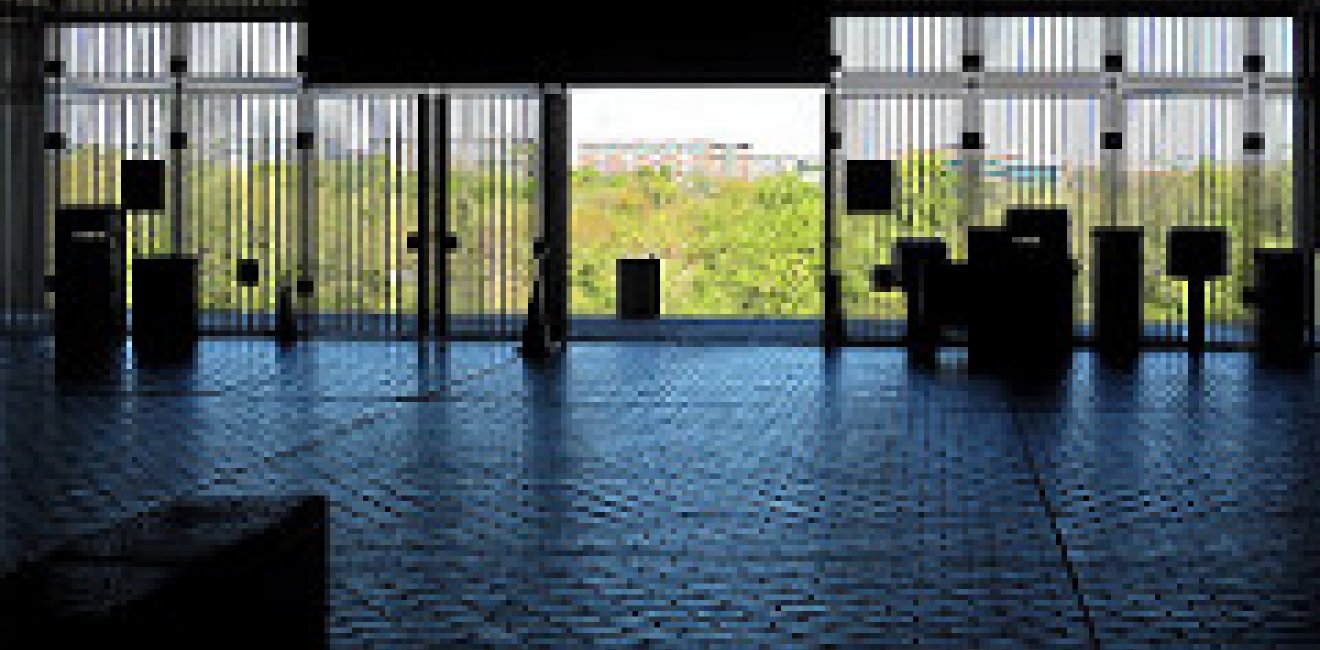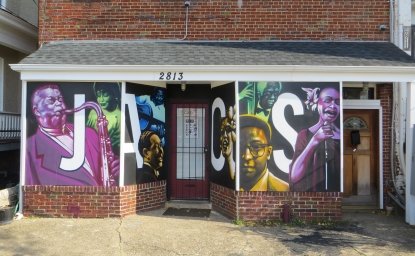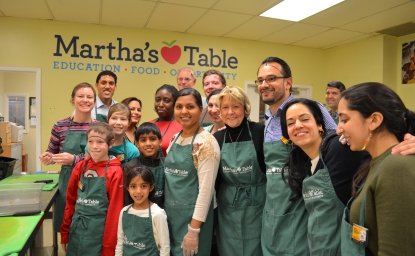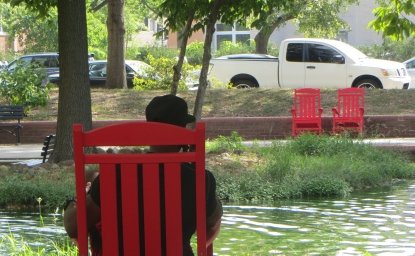I was approached the other day by a distinguished older gentleman as I made my way through a neighborhood metro station on my way to speak at Anacostia Senior High School. We’ll call him Mr. Williams. I had just passed through the turnstiles as probably the only white person among the dozens of passengers catching trains and busses, or heading to the street. Aside from Mr. Williams, I certainly was the only passenger wearing a suit and tie.
Mr. Williams wanted to know if I had come to his distant corner of town because of the “recent incident.” Washington local news was focused on a lethal armed robbery gone bad on a Metro train. Once Mr. Williams made sure I was neither a cop nor a reporter, he began to speak about the city’s “last frontier East of the [Anacostia] River.” What has happened elsewhere in the city was sure to obliterate his neighborhood in the years ahead, he continued.
When newcomers to Washington speak about change in their neighborhoods they discuss recently-opened coffee shops with WiFi and the trendiest new eatery. For old timers, “change” equates to crime and gentrification. For Mr. Williams, rising real estate values will mean lower crime as the bad guys will be priced out of the market. Unfortunately, so will good folk. Mr. Williams is looking forward to a safer neighborhood; he just wishes such a transformation would benefit those who already live there. At least, he hopes, change will not be permitted to obliterate the memory of all the hard working families who found a home in Anacostia over decades.
Mr. Williams – like many longtime Washingtonians – knows the pattern. Ever since the end of World War II, our city has experienced an unrelenting march eastward of gentrification and displacement beginning in the once African American neighborhood of Georgetown, and now about to leap across the last frontier of the Anacostia River. Despite decades of experience, the city has yet to find a way of improving the quality of life of longtime residents as real estate values rise. Displacement, as Mr. Williams observed, is closer to the norm.
The bitter local debate over gentrification has fallen into slogans. Cities must evolve if they are to survive, proponents proclaim. Gentrification is nothing more than deportation, respond opponents. One might think given the city’s long history with this process of “private neighborhood revitalization” that local authorities might have begun to plan for displacement before it happens.
Truth be told, D.C. has had some success in retaining affordable housing (often so discrete that no one notices). The District response to the loss of affordable housing in the face of rising real estate values, while not completely devoid of success, remains inadequate to the challenges at hand. Nearby suburban Montgomery County in Maryland – one of the wealthiest jurisdictions in the country – has enjoyed a far more accomplished affordable housing program than anything our city leaders have implemented.
The challenge, as Mr. Williams eloquently reminded me, is not just economic. Perhaps displacement is inevitable, he wanted me to know. He just wants to be sure the memory of those who were here is not lost. This is no idle concern. The profound and rapid demographic, economic, and public policy changes that have swept across D.C. in recent decades have led to equally profound conflicts over city, neighborhood, community, and individual identity.
Communities carry meaning beyond their economic function. They re-define – and are re-defined by – cultural identity and become social network hubs which provide a context for how residents think about themselves. In a city divided historically by profound conflicts over identity – black versus white, international hub versus national symbol, national capital versus hometown – skirmishes over identity are omnipresent. Identity frequently becomes attached to shifting symbols, as is the case of bicycling in Washington.
Beyond the ongoing tensions that inevitably arise as cars, cyclists, and pedestrians vie for access to the same streets and sidewalks, bicycling in Washington has come to be seen by many long-term residents as evidence of a reorientation of municipal policy toward the demands of newly arriving, upwardly mobile, young professionals: the so called “millennials.” A means of conveyance becomes much more: a symbol of disruptive social and cultural change. As Mr. Williams pointed out, the city started extending bike lanes east of the river last year.
The economic transformation Mr. Williams sees bounding across the Anacostia River plays out in a divided and complex city that is more vibrant, vital, and changing than tourist postcard scenes of munificent parks and public spaces might suggest. D.C. has been a city of great foreboding as long-standing social and racial conventions collapse; hundreds of thousands of newcomers inundate the region, and tens of thousands of locals move from one neighborhood to another. Mr. Williams understands what is happening all too well; which is why he wanted to be sure the unwanted interloper at his metro station – me – knew that he and his neighbors are not about to let down their guard.







